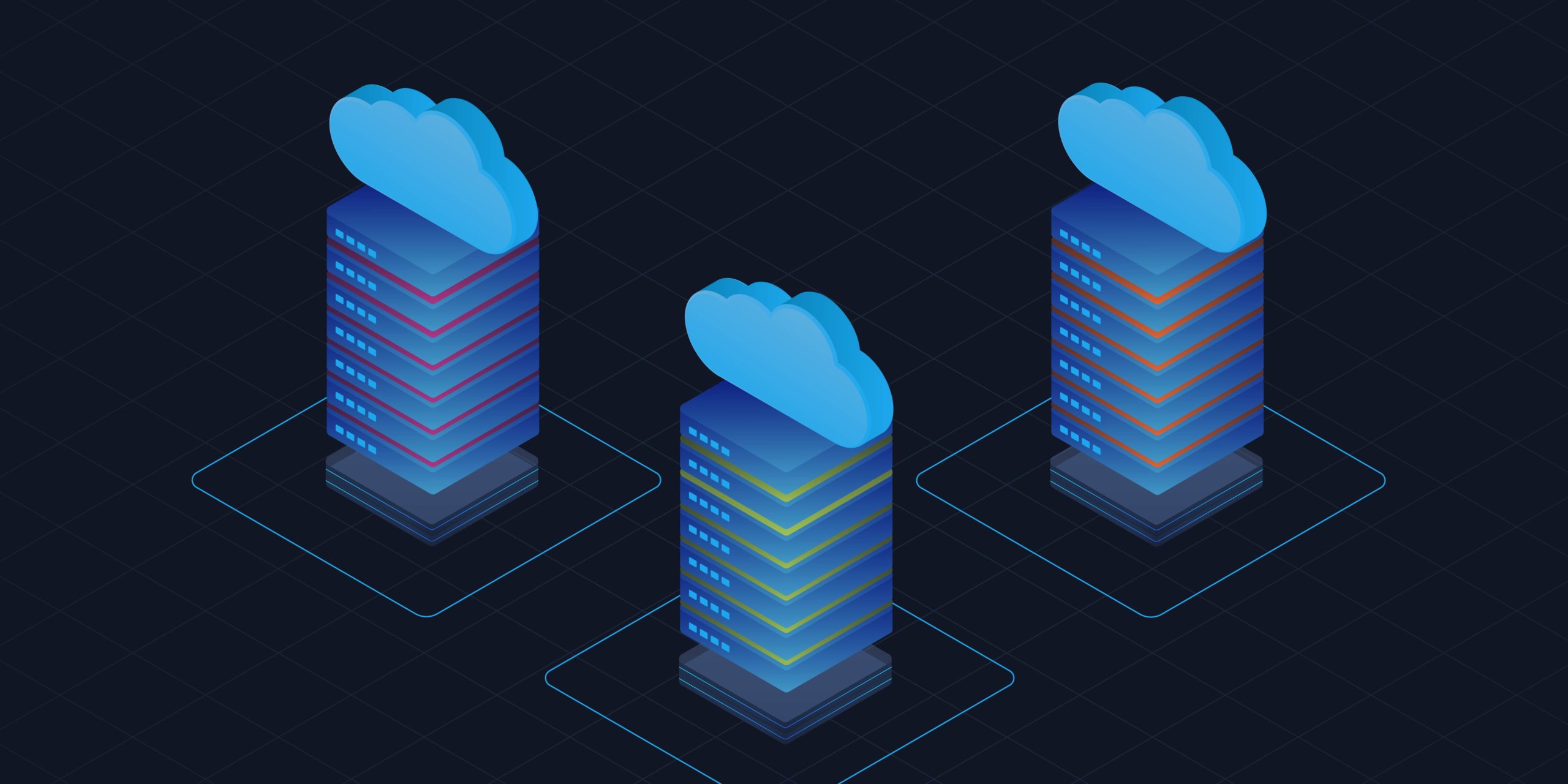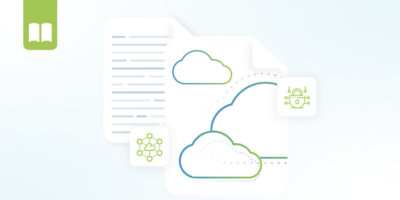What about hybrid and multi-cloud? It’s a question we are hearing a lot at Futuriom in the information technology industry, where infrastructure and applications planners are trying to resolve the central conflict of the public cloud: Velocity and convenience vs. control.
If you think about it, the public cloud took the world by storm for one primary reason – It allowed organizations and businesses to launch products and services with a velocity never seen before. There was no longer a need for expensive capital spending plans and long planning cycles, the infrastructure was just there to use.
Our research shows that cloud adoption is real, but a new problem is emerging. Organizations are increasingly looking at leveraging their traditional assets (enterprise campus, data centers) and connecting them to multiple clouds to provide hybrid and multi-cloud connectivity.
That brings us to yet another challenge: Networking. Networking is often accused of being the lagging technology in the cloud world. Software-driven networking was developed inside of cloud and webscale operations to provide programmable connectivity for new services – but that networking connectivity velocity has been slower to arrive in the enterprise world.
As Chris Wade, the CTO of Itential, told me in a recent interview, the network needs to be driven by business needs and operations, not the architecture of the network from twenty years ago.

“Service meshes were invented by applications engineers,” says Wade. “You should be able to do that with networking. The networking needs to support the velocity of cloud services, and you can’t do that through a ticket system.”
As hybrid cloud emerges as a new way to build and support new apps and services, some organizations are rethinking their network strategy. To deliver a true hybrid app, the network needs to be thought of as programmable infrastructure to support hybrid cloud, just as it operates in public cloud and webscale clouds.
Key Drivers to Hybrid & Multi-Cloud
First, let’s recap the main drivers leading us to hybrid cloud and multi-cloud architectures, as uncovered in our Future of Hybrid Cloud Automation report.
Driving digital transformation and innovation.
Hybrid cloud architectures are likely to be implemented by the most cloud-savvy companies, and history has shown these organizations derive larger benefits from cloud. For example, a McKinsey study showed that cloud-embracing companies generated more profits and faster time-to-market than those slower to embrace the cloud.
Need for flexible infrastructure.
Organizations want the flexibility to build applications that can run workloads in a variety of places and even leverage the infrastructure they have already built – for example existing data centers or possibly compute infrastructure at the edge. Hybrid and multi-cloud models allow the use of a more balanced infrastructure.
Organization-wide visibility and compliance.
Concerns are rising about what happens when an organization puts too many resources in the public cloud – how are the data and applications managed and monitored? Data compliance and security are of primary concern. Hybrid cloud architectures can enable a single platform to view, manage, and protect key data resources.
Managing costs.
Several published surveys have shown that cost is a leading concern with public cloud. For example, a survey by Flexera indicated that one of the largest cloud concerns is cost management. The average cloud spend goes over budget by 13%, according to the survey. Cost optimization is a major goal of multi-cloud and hybrid cloud management.
How Network Automation Gets You There
Now that we know we might want better options for hybrid and multi-cloud, how do we build better automation for networks? The good news is that cloud and infrastructure platforms are evolving to produce better solutions as end users demand more integration, flexibility, and cloud management options.
Until now, most network automation in enterprises has been based on scripting tools and custom automations built within specific organizations. This works as a Band-Aid in places where many devices need to be configured in a short amount of time, but it isn’t true automation as a human is always at the end of those configuration scripts. True network automation – infrastructure as code – needs to be programmable from the applications itself.
The key to creating this hybrid infrastructure automation is to treat infrastructure as another application that can be programmed using Application Programming Interfaces (APIs). This is the model already deployed in the major public clouds. For example, if a new switch needs to be provisioned in Microsoft Azure to support a new pod to meet scaling demand, the Azure cloud figures that out. Unfortunately, this is not the case in traditional enterprise networking.
The challenges for many organizations and enterprises, of course, is they have a larger investment in networking equipment and staff that they can’t just discard. That’s fine. These resources can still be used – in a smarter way.
“We should be thinking, how do we operationalize the network?” says Wade. He believes this will be accomplished by delivering infrastructure as code to enterprises, just as it’s done in the public cloud.
Itential is unique in thinking about an API-first, machine-first model for network automation. It has built a network automation platform targeted at networking infrastructure ranging from campus switches to SD-WAN devices and cloud connectivity through cloud onramps.
Using APIs, networking standards, and software automation, this hybrid network automation platform can tie together any networking domain, whether it’s traditional networking infrastructure or software-defined wide-area networking (SD-WAN) branches.
This is exactly what will be needed to take enterprises into full hybrid, multi-cloud automation – a way to make networks as programmable as cloud compute and storage.
In fact, there’s already a model for this success: It’s called SD-WAN, which helped enterprise networking managers automate branch connectivity. SD-WAN is simply a steppingstone to something bigger – full network automation for the enterprise. This is the path in store for hybrid cloud connectivity to become networking infrastructure as code.
To learn more about what the future of hybrid cloud automation looks like and how Itential can get you there, check out the full Futuriom report.





